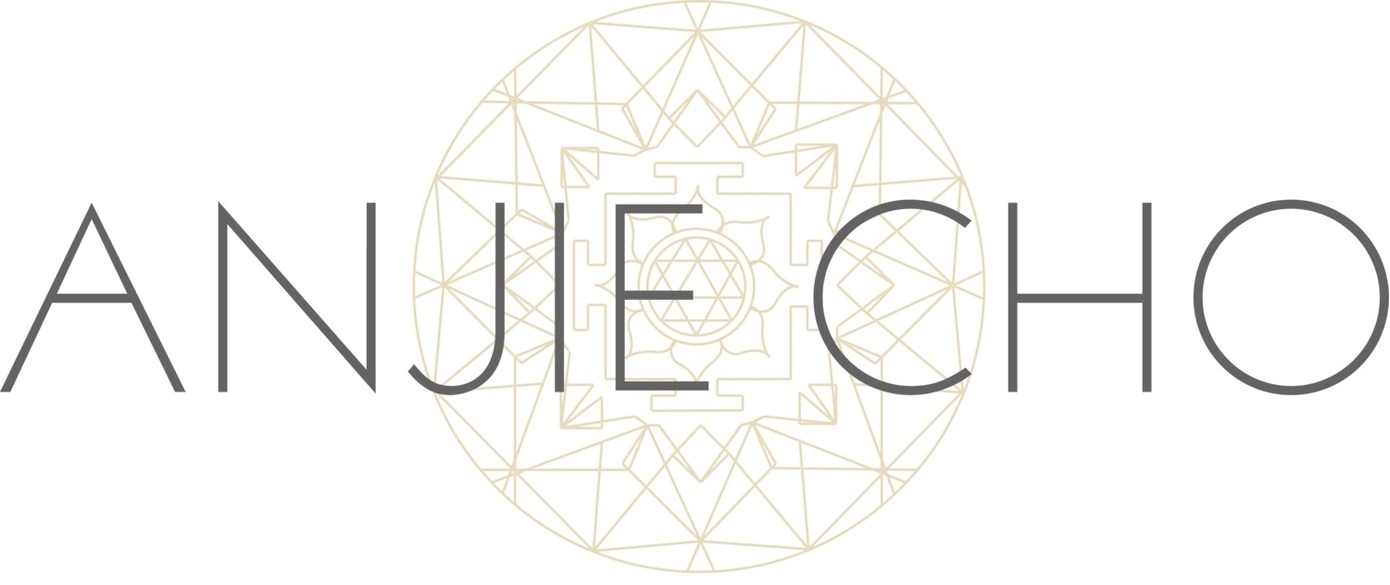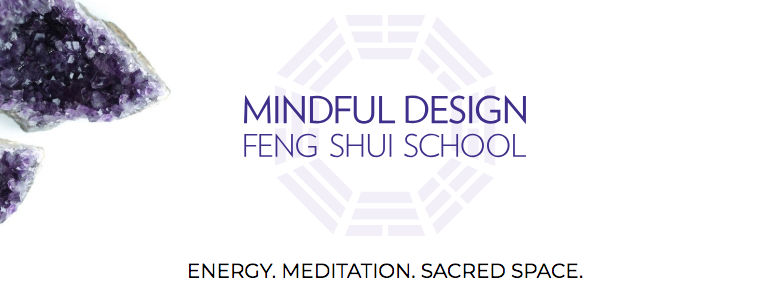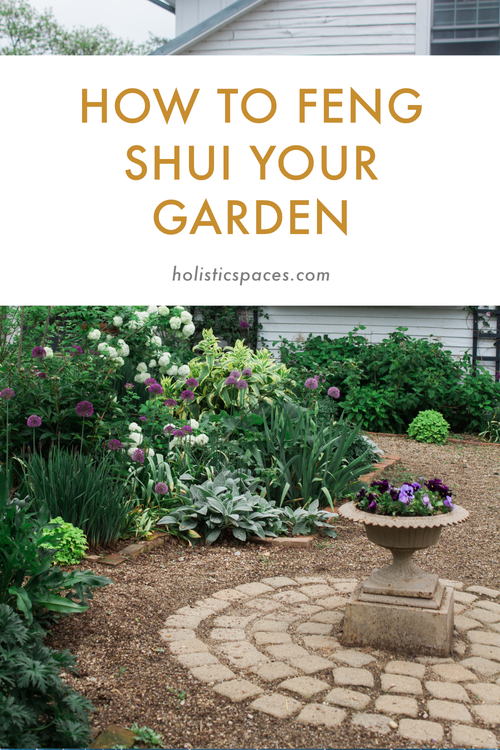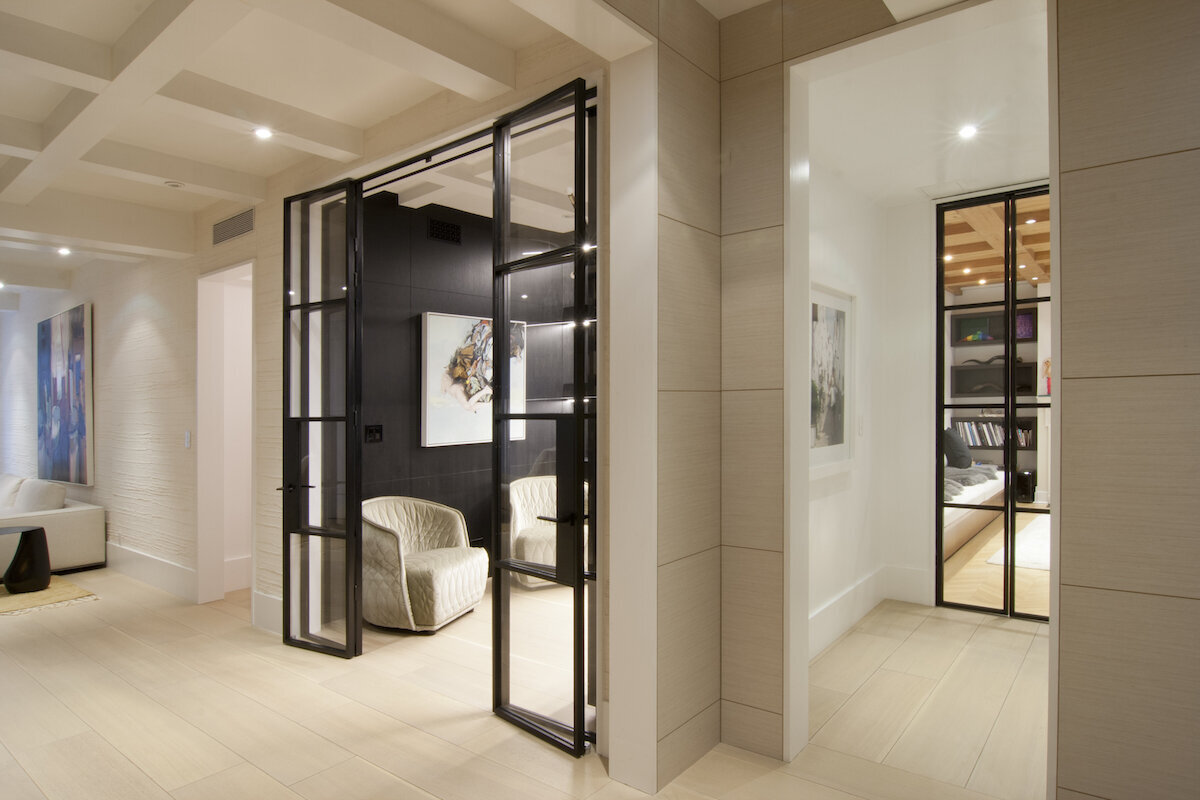Photo by Mikey Harris on Unsplash
In feng shui, different parts of your home represent different parts of life. Your home office represents your career, and it can affect how successful you are in your career and how supported you feel.
The number one thing you want to do for your home office is to make sure you have a desk. I know a lot of people aren’t set up to have room for a desk in their work-from-home space, but it’s important to carve out an area as best you can. If you don’t have a stable, steady location where you can do your work, that reflects upon how stable and prosperous your career is, and how you show up in your career. If you can, have a dedicated desk. If this isn’t possible, create a dedicated space. If you have to do your work at your dining room table, for example, make it into a nice workspace while you are working there. When you’re done working at the end of the day, put your work things away and convert it back into a dining room table.
Whether it’s an actual desk or a workspace that you’ve carved out on your coffee table, you want to put yourself in command. That means that you want to be able to see the door to the space while you’re working. If your back is to the door, your stress levels are elevated and you can’t see what’s coming to you. The metaphor in your work life is that you can’t see opportunities or possible conflicts coming your way in your career.
You also want to have a solid, stable desk that is big enough for you to work on. A glass desk is not ideal, because things can fall through, and it’s also fragile. You also want to avoid a desk that is lopsided, unstable, or too small. A tiny desk space represents a tiny space to receive opportunities and support, so you want to have a desk that’s appropriately sized for what you want to achieve. It’s also practical to make sure that your desk can accommodate your needs, to avoid creating unnecessary obstacles for yourself. If you think you may need to buy a new desk, keep in mind that this is the foundation of your career!
In setting up your desk, make sure you also have a supportive chair. In feng shui, we like to suggest that you have enough room behind you. Generally, that means at least three feet, so that you can receive support, and also have perspective and a backup plan. When you’re looking at chairs themselves, a chair with a high back is more supportive.
Lastly, one of my favorite decorative items to suggest for a home office is a desk blotter. They are generally rectangular or square in shape, which represents the earth element. A desk blotter creates some stability, and it’s a great addition to your work-from-home space, whether you have a permanent desk or not. If you’re working at your dining room table or coffee table, it helps to define a space for your work, and you can also roll it up and put it away when you’re not working.
If you’d like to learn more about feng shui, check out Mindful Design Feng Shui School at: www.mindfuldesignschool.com







